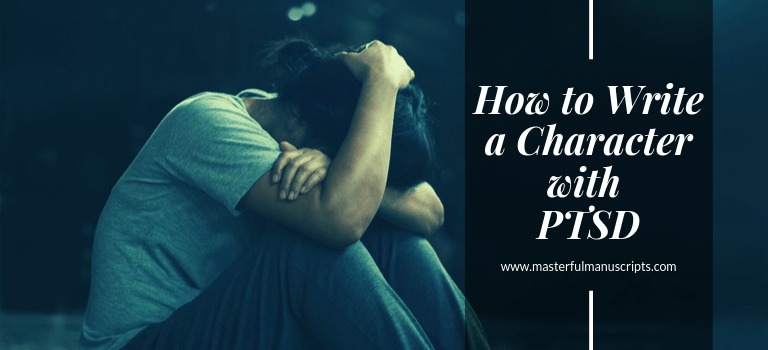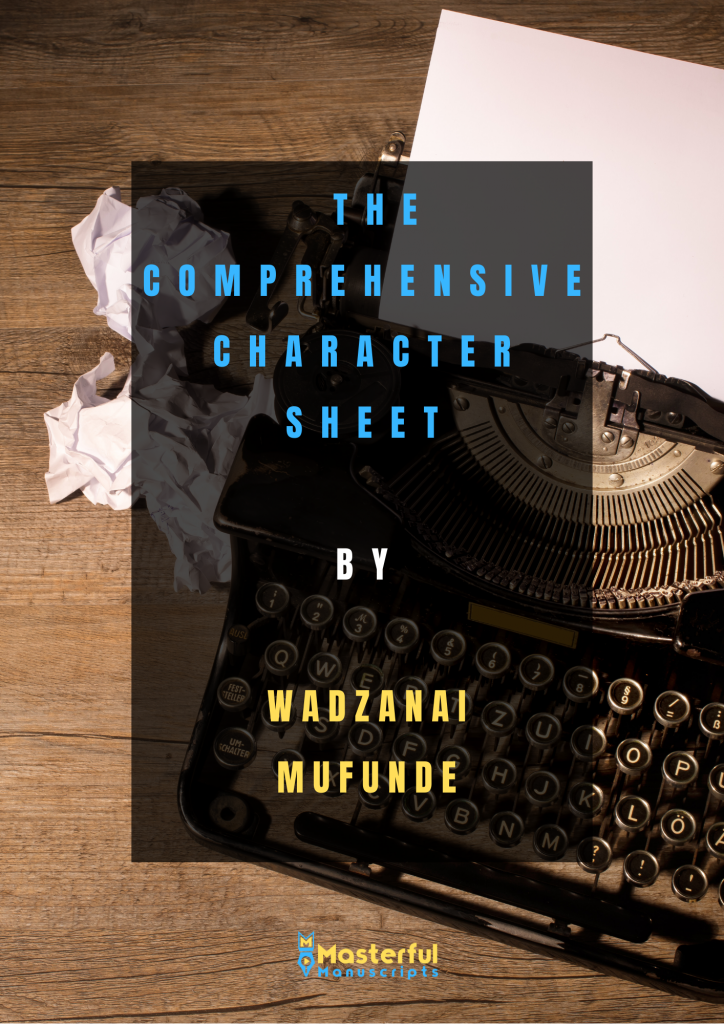
Post-traumatic stress disorder (PTSD) is a debilitating mental disorder that can affect every area in a person’s life. It is often used as a plot device that the hero must overcome to achieve their happily ever after, but the truth is that for many people, the symptoms of PTSD is something they must fight on a daily basis. This article aims to address the true nature of PTSD and how it can affect a person so as writers, you can give a more accurate representation of the disorder. For a brief summary of the history of PTSD please check out this short article.
Table of Contents
Who Develops PTSD?
Although we still have a tendency to associate PTSD with soldiers and veterans, but the reality is that it goes far beyond that. Similar to any other mental health problem, PTSD does not discriminate. It can happen to anyone who suffers a traumatic experience. Here are a few examples of some types of experiences that can lead to PTSD as listed on the NHS website:
- Serious accidents
- Physical or sexual assault
- Abuse, including childhood or domestic abuse
- Exposure to traumatic events at work, including remote exposure
- Serious health problems, such as being admitted to intensive care
- Childbirth experiences, such as losing a baby
- War and conflict
- Torture
What are the Symptoms of Post-Traumatic Stress Disorder?
An individual with PTSD may have some or all of the following symptoms.
1. Flashbacks & Nightmares (Re-experiencing)
Flashbacks remain the most common symptom of PTSD. As such it is often the most common way of depicting the illness if the character happens to be a Point of View character. These flashbacks can often be triggered by real or symbolic reminders of the trauma. For example a person who suffered domestic abuse may hate the smell of beer because their ex-husband would beat them when they were drunk. A person who suffered sexual abuse may experience a flashback when they smell a particular cologne. In both cases physical sensation such as nausea, tremblings, pain and sweating can accompany the flashbacks and distress.
2. Insomnia
Haunted by memories of what happened to them, patients often find it very difficult to sleep. This is a condition known as insomnia.
3. Anxiety
Anxiety has a whole list of symptoms, but it is an important part of PTSD. Almost anything can make a person with PTSD anxious.
4. Hypervigilance
Hypervigilance is a state of increased alertness. A person suffering from hypervigilance is extremely sensitive to their surroundings. Often, though, these dangers are not real.
Physical symptoms:
- Sweating
- A fast heart rate
- Fast, shallow breathing
Emotional symptoms
- Sweating
- A fast heart rate
- Fast, shallow breathing
5. Difficult feelings or beliefs
- Feeling like you can’t trust anyone
- Blaming yourself for what happened
- Feeling like nowhere is safe
- Feeling like nobody understands
- Overwhelming feelings of anger, sadness, guilt or shame
Treatments for Post-Traumatic Stress Disorder
As PTSD cannot be cured, many who suffer from it experience it as a life long battle. Thankfully the symptoms can be treated. Here is a list of some of the most common treatments:
- Psychotherapy
- Medication
- Antidepressants, such as paroxetine, sertraline, mirtazapine, amitriptyline or phenelzine, are sometimes used to treat PTSD in adults.
What People Often Get Wrong about Post-Traumatic Stress Disoder
Here are several myths about PTSD which simply aren’t true:
- PTSD only affects people in the military
- Everyone is affected by PTSD in the same way
- You can’t live a normal life with PTSD
- People with PTSD are “ticking time bombs”
- A person’s PTSD triggers are obvious
Credit: Huffpost article by Nicole Pajer
Always More Research to be Done…
Post-traumatic stress disorder (PTSD) has been described as a shock, and according to history; it was equated with “hysteria” in women. To write about it with accuracy you should engage in more research beyond the common symptoms. The Mighty is a very useful website and social network for those experiencing all kinds of mental and physical illnesses. Here is a link to their PTSD page. It’s very important to read articles written by actual people suffering from PTSD, but remember that no two cases are the same and your character doesn’t have to exhibit every single symptom listed above to be a sufferer of PTSD.
